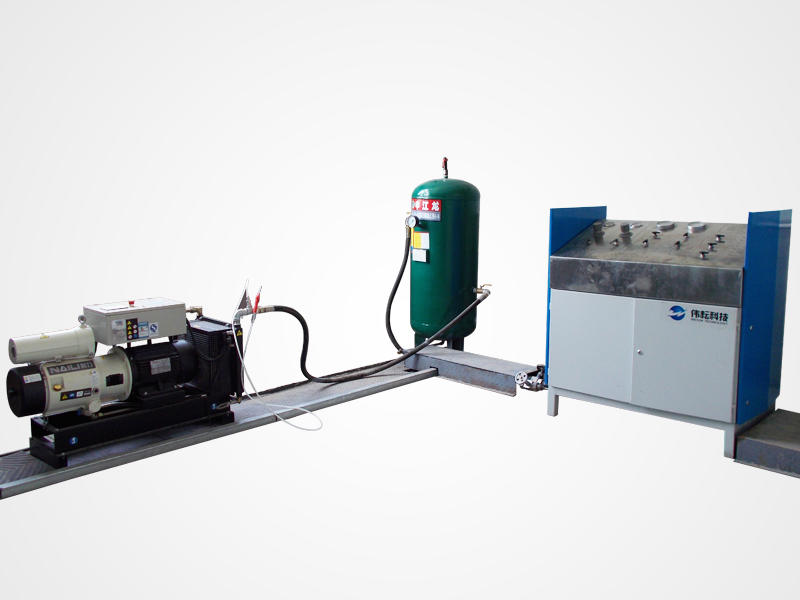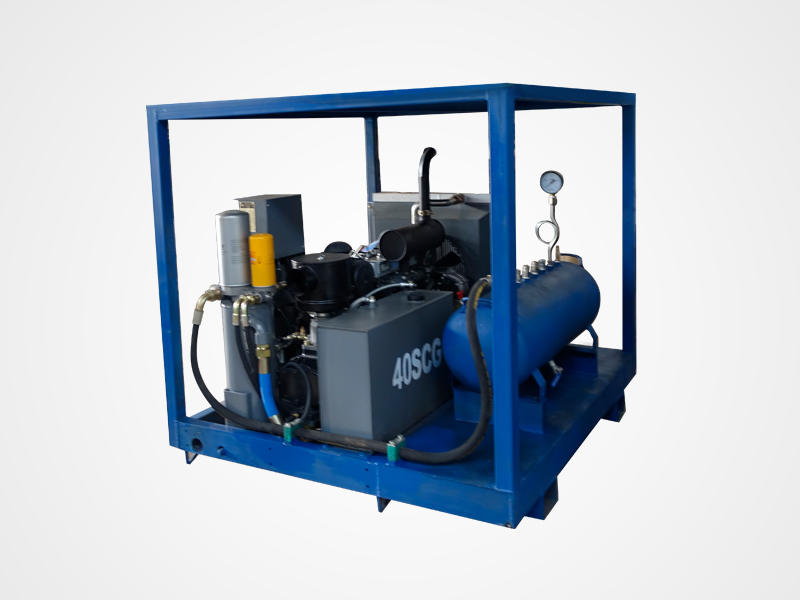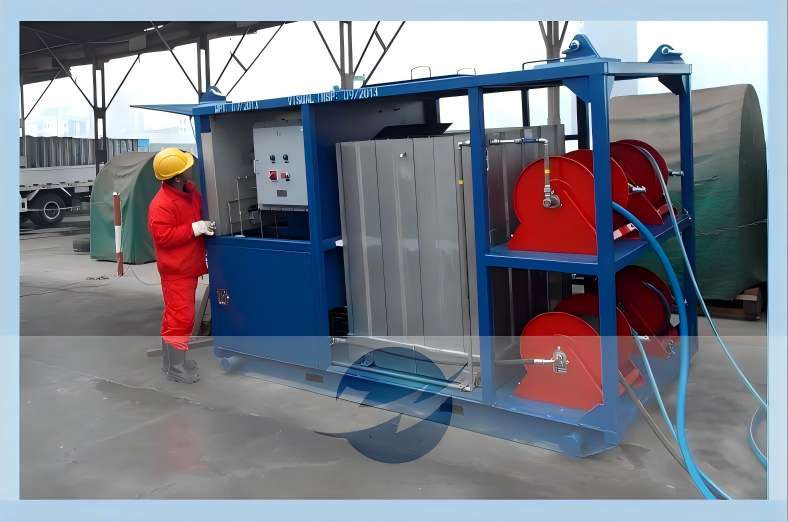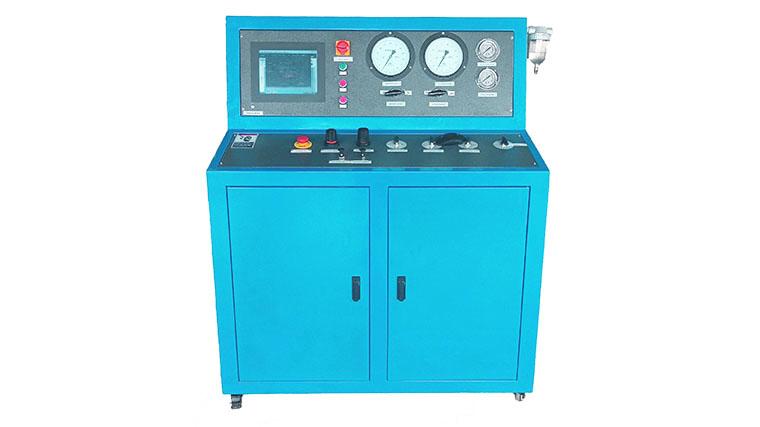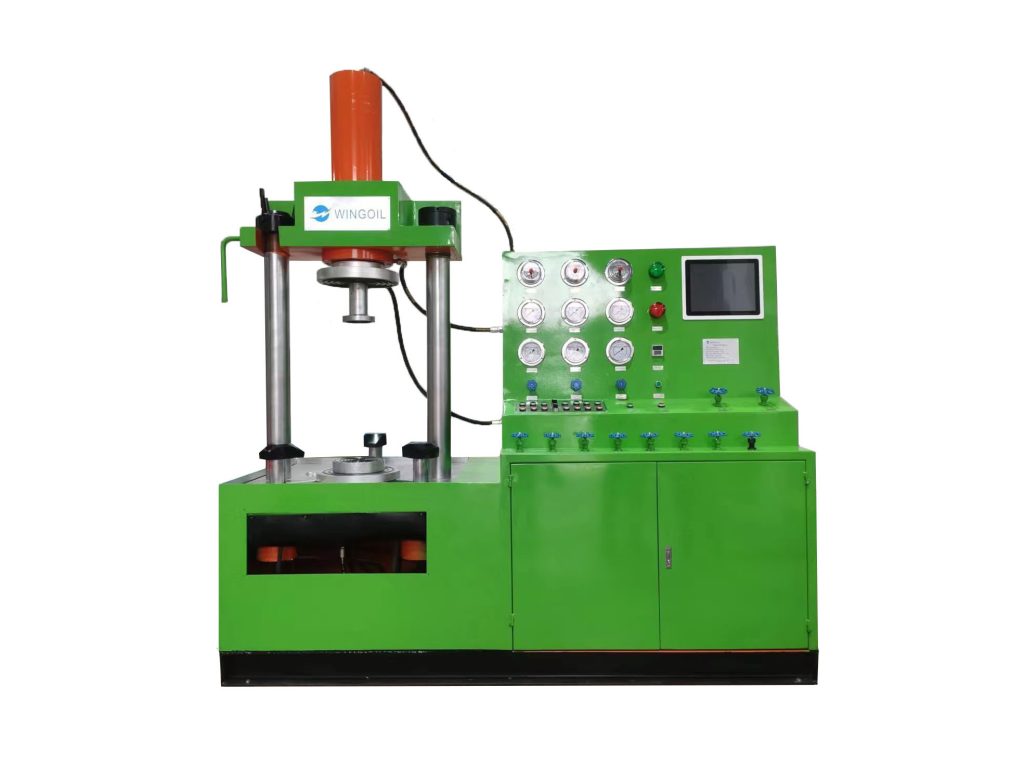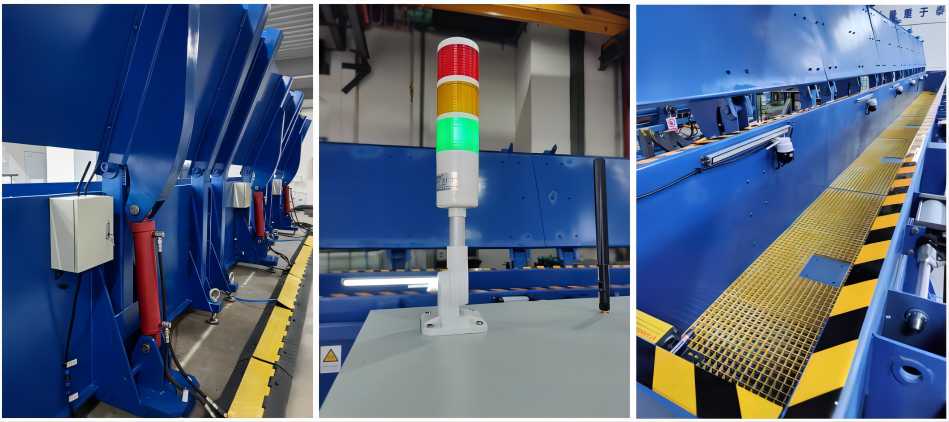A Guide to Wellhead Pressure Test Procedures
The oil and gas industry operates under immense pressure, both literally and figuratively. Maintaining the integrity of wells is paramount for safety, environmental protection, and efficient production. Wellhead pressure tests play a crucial role in achieving this objective by evaluating the structural integrity of well components and identifying potential leaks. This comprehensive guide dives into the different types of wellhead pressure tests, explores their specific purposes, and outlines the step-by-step procedures involved in conducting them, along with the essential equipment required.
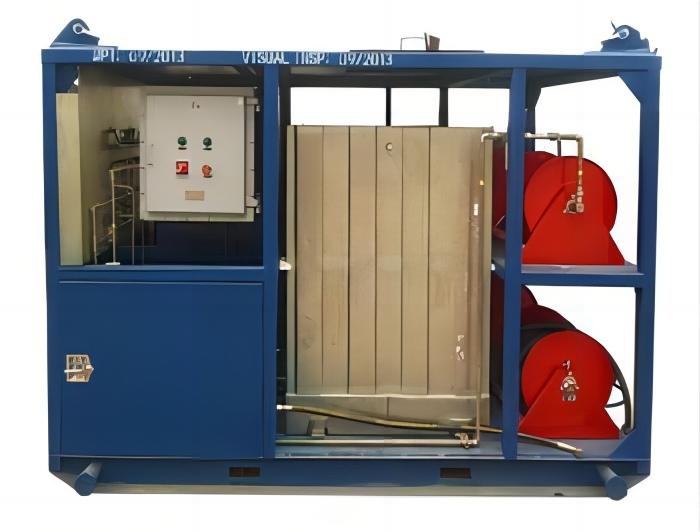
Understanding the Significance of Wellhead Pressure Tests
At their core, wellhead pressure tests serve two primary purposes:
1. Verifying Structural Integrity
- Ensuring Safe Operation: By applying controlled pressure to various well components like tubing, casing, and the wellhead itself, these tests reveal potential weaknesses or damage that could lead to serious safety hazards during production. Identifying and addressing these issues before they escalate helps prevent accidents, injuries, and equipment failures.
- Extending Well Lifespan: Regular pressure testing allows operators to proactively monitor the long-term health of the wellbore. Early detection of structural degradation enables timely repairs or replacements, preventing premature well shutdowns and maximizing the well’s productive life.
2. Proactive Leak Detection
- Environmental Protection: Uncontrolled leaks from well components can release harmful hydrocarbons and other contaminants into the surrounding environment. Wellhead pressure tests act as a crucial line of defense by identifying even minute leaks before they escalate. This proactive approach minimizes environmental damage and protects sensitive ecosystems.
- Preventing Production Losses: Leaks represent a significant loss of valuable oil and gas resources. Pressure testing helps pinpoint leakage points, allowing operators to implement necessary repairs and recapture lost production. This not only boosts overall efficiency but also translates to substantial economic benefits.
Wellhead pressure tests are not just formalities; they are essential tools for ensuring the safety, efficiency, and environmental responsibility of oil and gas operations. By verifying well integrity and proactively detecting leaks, these tests contribute significantly to a sustainable and responsible industry.
The Different Types of Wellhead Pressure Tests
There are several types of wellhead pressure tests, each with its specific purpose and procedure:
- Tubing Pressure Test: This test focuses on evaluating the integrity of the tubing string, which carries produced fluids from the reservoir to the surface. It involves isolating the tubing section, applying pressure using pumps, and meticulously monitoring pressure gauges for any drops or abnormalities. Leaks indicate potential issues within the tubing, prompting remedial actions.
- Casing Pressure Test: This test verifies the integrity of the well’s casing, a series of steel pipes that line the wellbore and provide stability. The procedure is similar to the tubing test, but isolates and pressurizes specific casing sections depending on the test objective. Evaluating pressure stability and identifying leaks help ensure the casing’s ability to withstand downhole pressures.
- Hydrostatic Test: This comprehensive test evaluates the integrity of the entire well system, including the casing, tubing, and wellhead, before initial production. Performed before any fluid introduction, the well is filled with fluid (often water) and gradually pressurized. Close monitoring of pressure stability, leaks, or equipment failure identifies potential weaknesses before they translate into operational problems.
- Other Test Types: Additional specialized tests exist for specific purposes, such as leak detection tests using specialized equipment to pinpoint even the smallest leaks, annular pressure tests to evaluate the seal between the casing and the formation, and cement bond evaluation tests to assess the integrity of the cement sheath surrounding the casing.
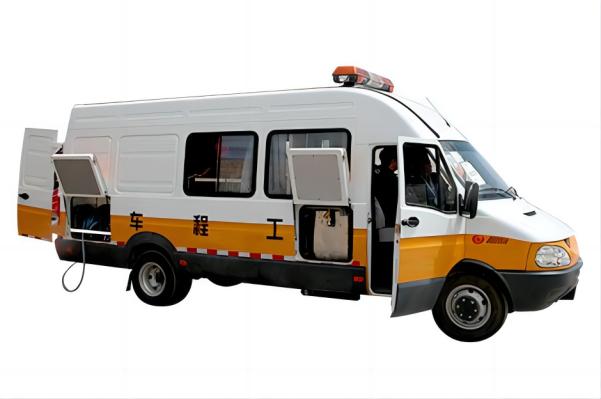
What are The Wellhead Pressure Test Procedures?
Due to the critical nature of wellhead pressure tests, following established procedures with meticulous attention to detail is crucial. Choosing a specific test type, like the previously mentioned tubing pressure test, we can delve into the step-by-step process:
1. Preparation
1. 1 Equipment Setup and Calibration
- Physical Assembly: Ensure all components (pressure gauges, pumps, manifolds, valves) are securely connected according to the planned test configuration. Double-check all connections for leaks or loose fittings.
- Calibration: Conduct thorough calibration of all pressure gauges and any other relevant instruments using certified calibration tools and procedures. Verify calibration certificates are current and valid.
- Documentation: Maintain detailed records of all equipment used, including model numbers, serial numbers, and calibration certificates.
1.2 Well Preparation and Isolation
- Wellbore Closure: Close and secure all wellbore openings except the designated test access point. Utilize valves, blind flanges, or other approved isolation tools to ensure complete closure.
- Tubing Section Isolation: Identify the specific tubing section to be tested. Utilize valves or other isolation tools specifically designed for tubing isolation. Verify complete isolation of the test section from the rest of the wellbore.
- Pressure Containment Verification: Conduct a preliminary pressure test at low pressure (e.g., 10-20% of planned test pressure) to confirm the integrity of the isolation seals and identify any potential leaks before proceeding with the main test.
1.3 Safety Measures and Monitoring Procedures
- Personal Protective Equipment (PPE): Ensure all personnel involved in the test wear appropriate PPE, including hard hats, safety glasses, gloves, and flame-resistant clothing.
- Communication: Establish clear and concise communication protocols between all personnel involved in the test, including designated roles and responsibilities for each individual.
- Emergency Shutdown Procedures: Have clearly defined emergency shutdown procedures readily available and ensure all personnel are familiar with them. Practice these procedures regularly.
- Continuous Monitoring: Continuously monitor pressure gauges and surrounding areas for any anomalies throughout the test. This includes visual inspection for leaks, unusual noises, or equipment malfunctions.
2. Execution
2.1 Pressure Application and Monitoring
- Gradual Pressure Increase: Gradually increase pressure according to the predetermined test plan and established industry standards. Avoid sudden pressure surges or exceeding the maximum allowable pressure for the equipment or wellbore.
- Close Monitoring: Continuously monitor pressure gauges for any deviations from the expected pressure curve. This includes observing for sudden drops, fluctuations, plateaus, or inconsistencies in the pressure readings.
- Data Recording: Record pressure readings at defined intervals throughout the test duration. Utilize data acquisition systems or manual recording methods to ensure accurate and complete data capture.
2.2 Duration and Control Parameters
- Target Pressure Maintenance: Maintain the target test pressure for the specified duration as per industry standards or specific wellbore requirements. This duration may vary depending on the test type and objectives.
- Pressure Adjustments: If necessary, adjust the pressure according to established protocols to maintain test integrity. Document any adjustments made and the reasons behind them.
- Safety Precautions: If any anomalies or safety concerns arise during the test, prioritize safety and immediately implement the emergency shutdown procedures.
3. Interpretation
3.1 Identifying Leaks and Pressure Anomalies
- Data Analysis: Analyze the recorded pressure data for any deviations from the expected pressure curve. This includes identifying sudden drops, plateaus, or inconsistencies in the pressure readings.
- Leak Detection: Investigate any identified anomalies to determine if they indicate leaks within the tubing section or equipment. Utilize leak detection tools or visual inspection as needed.
3.2 Evaluating Test Results and Drawing Conclusions
- Pressure Behavior Interpretation: Based on the observed pressure behavior throughout the test, conclude the integrity of the tubing section. Consider factors like overall pressure stability, presence of leaks, and adherence to the expected pressure curve.
- Test Objectives Evaluation: Determine if the test objectives were successfully met. This may involve comparing the observed results to pre-defined acceptance criteria.
- Further Investigation: If anomalies or potential issues are identified, determine if further investigation or remedial actions are necessary to ensure wellbore integrity.
3.3 Reporting Procedures and Documentation
- Comprehensive Report: Prepare a detailed report outlining the test methodology, equipment used, test parameters, observed pressure data, analysis results, and conclusions drawn.
- Data Inclusion: Include all relevant data in the report, such as pressure readings, charts, graphs, and photographs.
- Record Keeping: Maintain the report and all associated data for future reference and potential remedial actions.
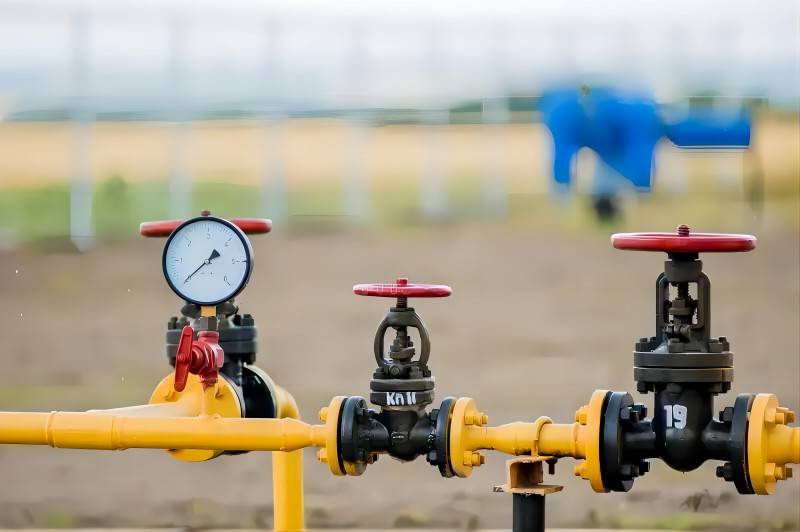
wellhead Pressure testing Gauges
The Essential Wellhead Pressure Testing Equipment
- Pumps: Different types of pumps are used depending on the test and pressure requirements. High-pressure triplex pumps are common for hydrostatic tests, while smaller electric or air-driven pumps may suffice for tubing or casing tests. All pumps must be calibrated regularly for accurate pressure delivery.
- Pressure Gauges: These instruments measure and display the applied pressure. High-accuracy gauges with appropriate pressure ratings are crucial for reliable data collection. Digital gauges with data logging capabilities can simplify recording and analysis.
- Manifolds and Valves: These components regulate and control the flow of pressure fluid during the test. Manifolds allow routing pressure to different sections of the well, while valves enable isolation and pressure control. All components must be rated for the test pressure and designed for safe operation.
- Data Acquisition Systems: For complex tests or those requiring extensive data analysis, electronic data acquisition systems can be employed. These systems automatically record pressure readings at set intervals, streamlining data collection and analysis.
- Ancillary Equipment: Depending on the specific test, additional equipment might be needed. Leak detection systems pinpoint even minute leaks, while safety barriers and barricades protect personnel from potential hazards. Calibration tools ensure the accuracy of pressure gauges and pumps while recording devices document essential parameters and observations.
It’s paramount to remember that wellhead pressure tests involve working with high-pressure systems and potentially hazardous fluids. Always prioritize safety by:
- Utilizing Qualified Personnel: Only trained and certified personnel with experience in conducting wellhead pressure tests should be involved.
- Adhering to Safety Protocols: Implement established safety procedures, including wearing appropriate PPE, following lockout/tagout protocols, and maintaining clear communication throughout the test.
- Complying with Regulations: Ensure all testing procedures comply with relevant industry standards and regulatory requirements established by organizations like the American Petroleum Institute (API).
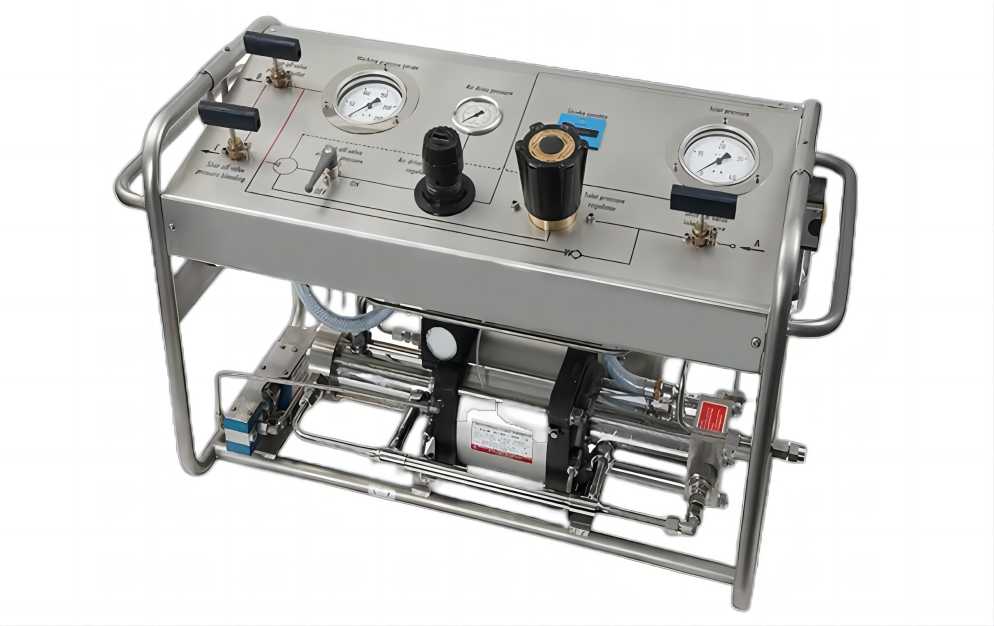
Conclusion
Wellhead pressure tests play a pivotal role in ensuring the integrity and safe operation of oil and gas wells. By understanding the different types of tests, their purposes, and the step-by-step procedures involved, along with the essential equipment and safety considerations, personnel can effectively conduct these tests and contribute to a more secure and environmentally responsible industry. Remember, meticulous planning, adherence to safety protocols, and utilizing qualified personnel are paramount for successful and dependable wellhead pressure testing.

